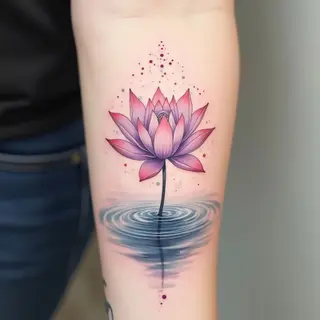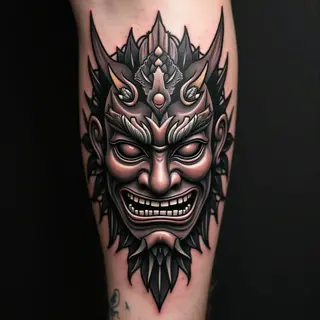Japanese Kanji Tattoos: Meaning, Designs & Placement
Delve into the captivating realm of Japanese Kanji tattoos. These aren't just symbols; they’re vessels of meaning, carrying centuries of history and cultural significance. Choosing a Kanji tattoo is more than an aesthetic decision—it’s an embodiment of personal philosophy, aspirations or cherished memories.
Understanding Kanji: More Than Just Words
Kanji are adopted Chinese characters used in the Japanese writing system. Each character represents not only a word but often encapsulates an entire concept or idea. This complexity demands respect and careful consideration before permanently adorning your skin.
Popular Kanji Tattoo Designs & Their Meanings
-
Strength (力 – Chikara):
A classic choice for those seeking resilience and inner power.
-
Courage (勇 – Yuu):
Represents bravery, valor, and the ability to face adversity.
-
Love (愛 – Ai):
A timeless symbol of affection, compassion, and devotion.
-
Peace (平和 – Heiwa):
Embodies tranquility, harmony, and a desire for serenity.
-
Dream (夢 – Yume):
Captures ambition, hope, and the pursuit of aspirations.
Style & Aesthetics
Kanji tattoos can be adapted to various styles. Traditional designs emphasize bold lines and classic symbolism. Neo-traditional approaches incorporate color gradients and artistic flourishes. Minimalist interpretations strip away excess detail for a clean, modern look.
Placement Considerations
The placement of your Kanji tattoo is crucial. Larger characters often suit broader areas like the back or forearm, while smaller symbols are suitable for more discreet locations such as the wrist or ankle. Consult with your artist to determine optimal positioning that complements both the design and your body’s contours.
The Importance of Research
Before committing to a Kanji tattoo, thoroughly research its meaning and pronunciation. Misinterpretations can lead to unintended consequences. Seek guidance from experienced artists who understand the cultural significance behind these symbols.


